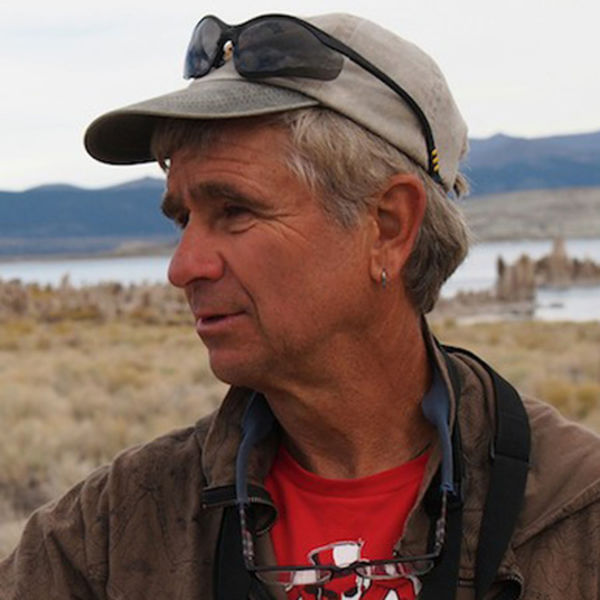By now nearly everyone has heard about the super wildflower bloom this spring in the deserts of California. A desert is a region that receives 10 inches or less of precipitation in a year. But it is not so much the paucity of water but it's the unpredictability. Some deserts go for decades without appreciable rain. But not ours not this year.
There are several ways that plants cope with xeric environments. They can be deep rooted and tap into permanent water found far below the surface of the desert. Classic example are the mesquites. These leguminous trees can send roots down to over 100 feet to suck up groundwater water.
And there are plants called stem succulents. The characteristic example, of course, is the cacti. They rarely produce leaves but photosynthesize right on the stems. Often the stems are pleated and when the rains come they swell up and expand up like an accordion. And during that dry season or seasons, as the case may be, they can tap into water within their own tissues.
And then of course there are just those super tough evergreen and salt tolerant plants. The quintessential desert dwellers are the creosote bushes. They are probably the most numerous shrubs in North America -tens of millions of acres are covered with this survivor. On the floor of Death Valley where virtually nothing else can tolerate that incredible heat and dryness, creosote bushes manage to thrive. At Ground Zero in Nevada after an atomic blast, 19 of 20 creosote bushes popped back to life. They are tough, tough, tough.
And finally we have the ephemerals. These are plants biding their time as seeds just waiting for the optimal conditions to occur and then they burst forth in huge numbers. And these conditions, according to one botanist, are and I quote, "if an inch or more of the rain falls in early October germination inhibitors will be leached from the seeds resulting in mass germination"
